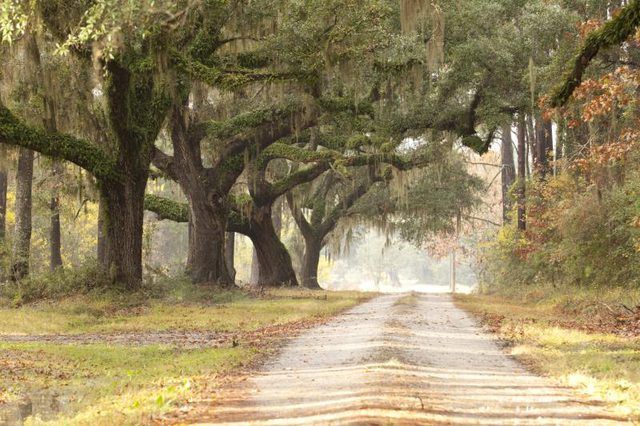Bulbs
Flower Basics
Flower Beds & Specialty Gardens
Flower Garden
Garden Furniture
Garden Gnomes
Garden Seeds
Garden Sheds
Garden Statues
Garden Tools & Supplies
Gardening Basics
Green & Organic
Groundcovers & Vines
Growing Annuals
Growing Basil
Growing Beans
Growing Berries
Growing Blueberries
Growing Cactus
Growing Corn
Growing Cotton
Growing Edibles
Growing Flowers
Growing Garlic
Growing Grapes
Growing Grass
Growing Herbs
Growing Jasmine
Growing Mint
Growing Mushrooms
Orchids
Growing Peanuts
Growing Perennials
Growing Plants
Growing Rosemary
Growing Roses
Growing Strawberries
Growing Sunflowers
Growing Thyme
Growing Tomatoes
Growing Tulips
Growing Vegetables
Herb Basics
Herb Garden
Indoor Growing
Landscaping Basics
Landscaping Patios
Landscaping Plants
Landscaping Shrubs
Landscaping Trees
Landscaping Walks & Pathways
Lawn Basics
Lawn Maintenance
Lawn Mowers
Lawn Ornaments
Lawn Planting
Lawn Tools
Outdoor Growing
Overall Landscape Planning
Pests, Weeds & Problems
Plant Basics
Rock Garden
Rose Garden
Shrubs
Soil
Specialty Gardens
Trees
Vegetable Garden
Yard Maintenance
Live Oak Tree Vs. Laurel Oak Tree
Live Oak Tree Vs. Laurel Oak Tree. Live oak (*Querus virginiana*) a large, sprawling shade tree found widely in the American Southeast, is a long-living shade tree often found along urban streets. Laurel oak (*Quercus laurifolia*) also native to the Southeast, is a slightly smaller shade tree with shorter longevity. These trees both like a moist...

Live oak (Querus virginiana) a large, sprawling shade tree found widely in the American Southeast, is a long-living shade tree often found along urban streets. Laurel oak (Quercus laurifolia) also native to the Southeast, is a slightly smaller shade tree with shorter longevity. These trees both like a moist climate.
Size and Climate
Live oak grows from 60 to 80 feet tall, spreading from 60 to 120 feet wide in U.S. Department of Agriculture plant hardiness zones 7B through 10B. Laurel oak grows from 60 to 70 feet high with a canopy from 35 to 45 feet wide in USDA zones 6B through 10A.
Salt and Soil
Live oaks have a high tolerance for salt, making it good for coastal areas. Laurel oak does not tolerate salt. Live oaks grow well in urban areas suffering from drought, compacted soil, poor drainage and air pollution. Laurel oaks, native to the edges of swamps, rivers and streams, will tolerate wet soil, but do not tolerate urban conditions as well as live oaks.
Growth Habit
As the live oak grows, its drooping branches require pruning to make way for people and vehicles. Youíll need to prune a live oak annually for the first three years of planting, then once every five years until itís 30 years old. Branches with a narrow angle to the trunk need to be pruned to prevent them from splitting as they get older. Vehicles need 14 to 15 feet of clearance. Laurel oaks also have drooping branches that require pruning. To prevent their brittle wood from breaking, laurel oak branches should be pruned to keep their diameter to less than half of the width of the trunk. In dry conditions, laurel oaks grow more slowly, but with stronger wood thatís less apt to break.
Potential Problems
The roots of live oaks can interfere with mowing and lift sidewalks. The surface roots of laurel oaks typically pose no problem to sidewalks or building foundations. Although laurel oaks grow to 50 to 70 years, decay and wood rot begin hollowing their trunks and large branches in roughly 50 years. Live oaks resist this decay and can live for centuries.
Live and Laurel Oak Cultivars
You can typically find three cultivars of these two species in nurseries. They have the same USDA growing zones as other members of their respective species. Sand live oak (Quercus virginiana var geminata) grows better in sandy soil. 'Heritage' (Quercus virginiana 'Heritage') is the fastest growing live oak. 'Darlington' (Quercus Laurifolia 'Darlington) is marketed as a laurel oak with more compact growing habit, although its status as a true cultivar of the laurel oak is disputed.